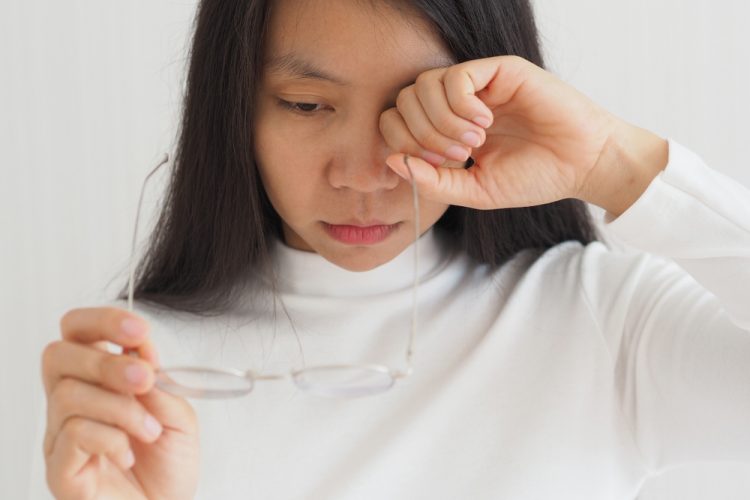New biomarkers may help prevent diabetes-related blindness
Posted: 17 August 2021 | Anna Begley (Drug Target Review) | No comments yet
US researchers have identified new biomarkers that can detect early changes in the eye that can lead to diabetes-related blindness.


A team of researchers at Indiana University (IU), US, have used a new method to identify novel biomarkers in the eyes that could lead to new ways of managing diabetic retinopathy and possibly diabetes.
During its early stages, diabetes can affect the eyes before the changes are detectable with a regular clinical examination. However, this new research has found that these changes can be measured earlier than previously thought with specialised optical techniques and computer analysis. The ability to detect biomarkers for this condition may lead to the early identification of people at risk for diabetes or visual impairment, as well as improve physicians’ ability to manage these patients.
“Early detection of retinal damage from diabetes is possible to obtain with painless methods and might help identify undiagnosed patients early enough to diminish the consequences of uncontrolled diabetes,” said study co-author Professor Ann Elsner.
The new study is part of the current widespread emphasis on detection of diabetic retinopathy through artificial intelligence (AI) applied to retinal images, although some of these algorithms provide detection based on features that occur much later than the changes found in Elsner’s study.
The team’s method advances earlier detection because of the retinal image processing algorithms described in the study. “Many algorithms use any image information that differs between diabetic patients and controls, which can identify which individuals might have diabetes, but these can be non-specific,” Elsner explained. “Our method can be combined with the other AI methods to provide early information localised to specific retinal layers or types of tissues, which allows inclusion of information not analysed in the other algorithms.”
Elsner conducted the retinal image analysis in her lab at the IU School of Optometry’s Borish Center for Ophthalmic Research, along with her co-author, Joel Papayl. They used data collected from volunteers with diabetes, along with healthy control subjects. The computer analysis was performed on retinal image data commonly collected in well-equipped clinics, but much of the information used in this study is often ignored for diagnosis or management of patients.
The study was published in PLoS ONE.
Related topics
Analytical techniques, Artificial Intelligence, Bioinformatics, Biologics, Biomarkers, Disease research, Informatics
Related conditions
Diabetes, diabetic retinopathy
Related organisations
Indiana University
Related people
Joel Papayl, Professor Ann Elsner


